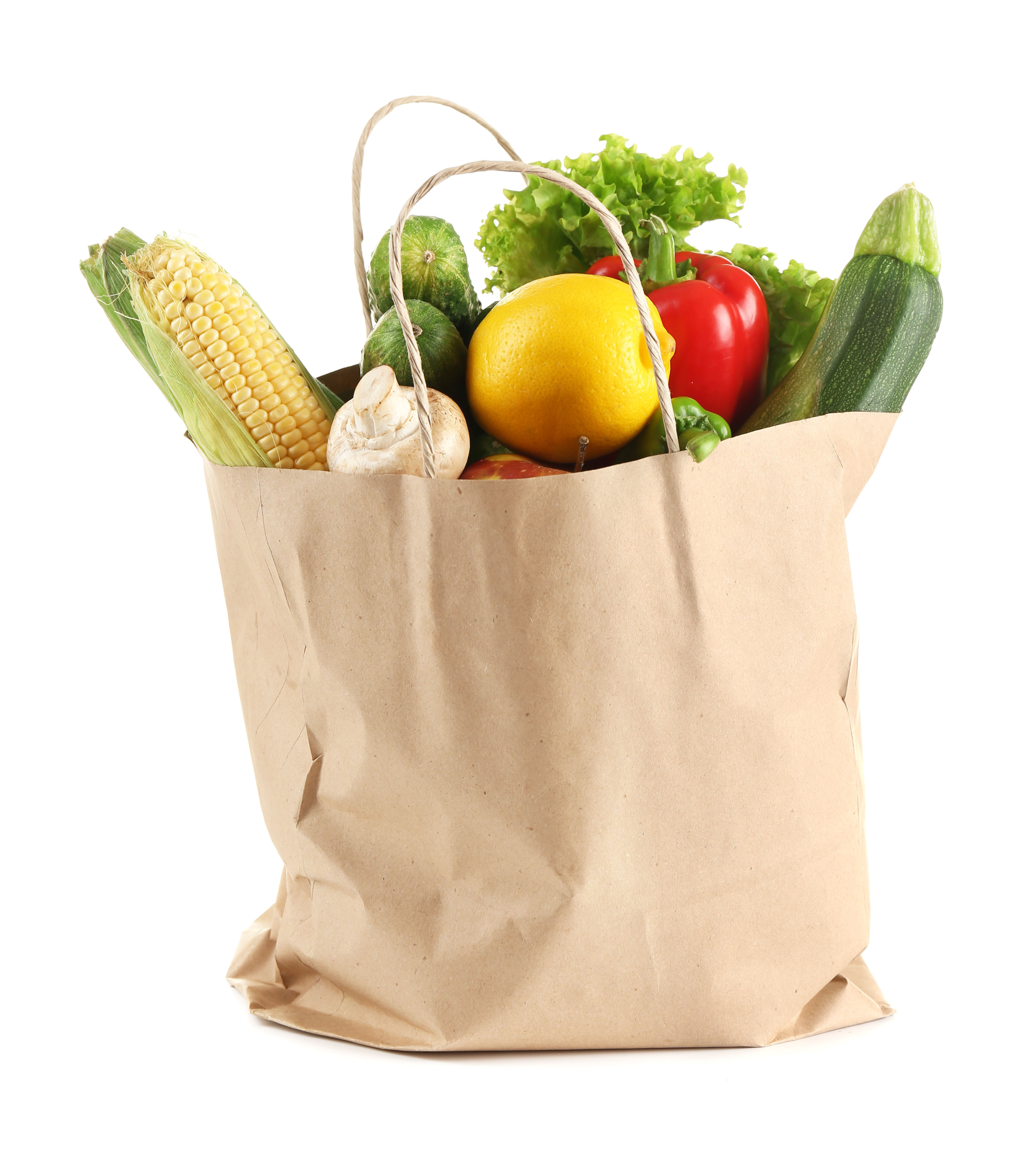Saving Money on Food
Before going to the grocery store
- Determine how much money and/or EBT benefits you have for the month.
- Plan how often you will go to the grocery store each month.
- Divide your food budget by how many times you will shop per month. For example, if your monthly budget is $400 and you plan on four trips to the store, your budget would be $100 on food items per trip. Track and adjust spending throughout the month.
- Check newspaper ads, store flyers, and store websites or smartphone apps.
- Find out if your store has a rewards program for additional discounts.
- Make a weekly, bi-weekly, or monthly meal plan with inexpensive recipes and ingredients.
- Consider what you have on hand in your fridge, freezer, or pantry.
- Make a grocery list and stick to it!
- Focus on the five MyPlate food groups.
While at the grocery store

- Foods around the edges of the store tend to be less expensive and less processed, such as vegetables, fruits, lean meats, dairy, and eggs.
- Buy seasonal fruits and vegetables when the price is right.
- Stock up on frozen, packaged, and canned foods when they are on sale.
- Plant-based proteins such as dried or canned beans or lentils tend to be less expensive than animal-based protein foods.
- Keep a few healthy shelf-stable or freezer meals on hand. On busy days, these can help you avoid spending money on fast-food, take-out, or dine-in restaurants.
- Shelf stable items in the bulk section can often be less expensive than their packaged versions such as oats, dried beans, dried pasta.
- Substitute items on your list if you find an unadvertised special.
- Compare price per unit between fresh, canned, and frozen options.
- Compare prices of similar items between different brands. Just because a brand is well-known does not mean it tastes better.
- Avoid pre-sliced, chopped, or shredded items. Whole vegetables, fruits, and blocks of cheese tend to be less expensive.
- Avoid shopping while hungry. Feeling hungry while shopping may lead to buying unnecessary, unhealthy, and budget-breaking foods.
Check out our low-cost, tasty recipes on www.buyeatlivebetter.org and learn more from our Meal Planning Fact Sheet.
After the grocery store
- Check your grocery receipt to ensure you were correctly charged for your items.
- Notice what went well and how you could improve for future grocery trips.
- Follow food safety practices and avoid food spoilage. Try freezing leftovers if they will not get eaten right away, or adapt your meal plan to use up foods that spoil faster.
- Check out the additional food saving tips for items nearing their use-by dates below as well as our Pantry Possibilities Fact Sheet for more food storage guidance.
More tips for saving food
- Freeze over-ripe bananas for later use in homemade pancake batter or banana bread.
- Spinach nearing the end of its use-by date can be added to soups, pastas, and eggs to use it up more quickly.
- Lightly sauté already diced vegetables and freeze for later use in an egg scramble, rice, or pasta dish.
- Cooked protein foods such as beans, lentils, meat, and poultry can be frozen for later use in a stir fry, pasta, soup, or egg scramble.
- Freeze various grain-foods such as tortillas and bread. Cook rice and pasta in smaller quantities and freeze extras if needed.
- Shred and freeze hard cheeses for later use as needed.
- Use up herbs such as basil or parsley by making a pesto and freeze for later use in eggs, pasta, and soups.

 You may require
You may require